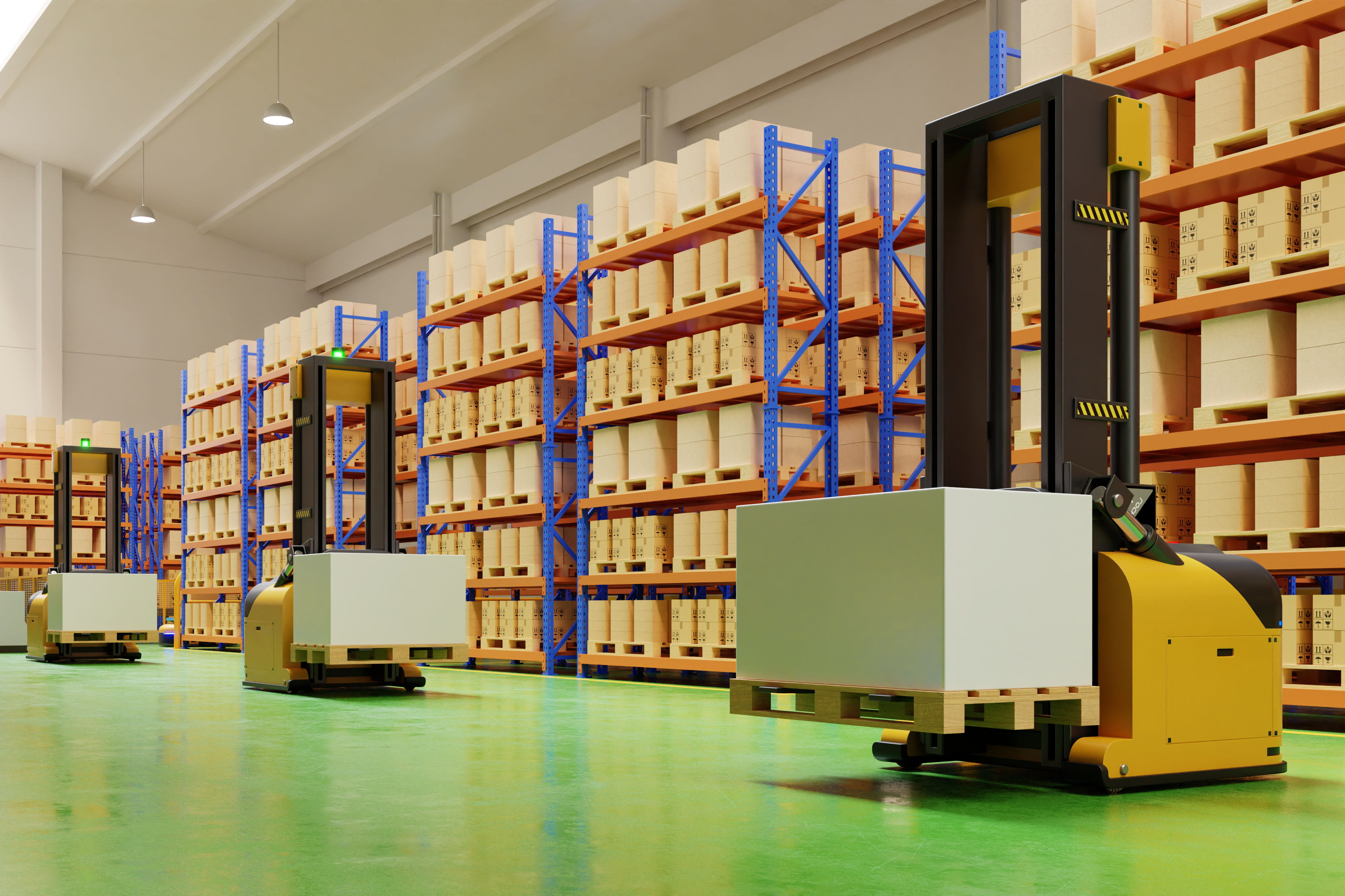
The new definition of smart factories after the onset of COVID-19 and how to achieve it.
Few or no businessmen in the world had experienced such a sudden and global crisis like what generated by the COVID-19. The effects of the pandemic can be seen throughout almost every industry, none more than manufacturing. Travel restrictions, lockdowns and social distancing requirements are forcing manufacturers to rethink the way their factories operate, adjusting workforce safety protocols, risk management approach and so on.
Unlike other sectors which can quickly adapt to digital solutions, for example switching from physical meetings to online ones, or e-documents instead of paper copies, the key to business continuity for asset-intensive industries lies in the control of physical assets, as said by Raghav Saghal, President of Nokia Enterprise(1). To ensure their factories are truly “intelligent” during and after COVID-19, hence, business leaders need to focus on the convergence of Information and Operation Technologies (IT/OT) - the key drive for full control and monitoring of factory operations regardless of locations.
IT/OT Convergence
IT/OT convergence is the integration of manufacturing systems controlling physical events, devices and processes with hardware and software used for data-centric computing(2). Actually, this alignment is not a recent phenomenon and has long been changing the way manufacturers work. Increasingly, engineers needed to perform work traditionally done by software developers and systems integrators, while IT specialists did a greater portion of their job working with equipment and systems on the shop floor. At the very least, manufacturing experts are finding themselves working more closely than ever with their counterparts in IT.
With such strong tie between operation professionals and IT teams, it is no wonder that IT/OT convergence has become a major focal point in digital transformation strategy an indispensable part of the continuity plans for manufacturers. Those looking to build resilience into their own manufacturing processes must invest in technologies that can bring forth the best of IT and OT convergence.
Related reading: Key Factors for a Successful Smart Manufacturing Journey
Tech Investments to Focus on
The principles behind the successful convergence of IT and OT in the context of COVID-19 might vary among manufacturers. Yet there are 03 essential missions that they shall keep in mind:
- Guarantee uninterrupted connectivity
Connectivity is an integral part of any smart factory, securely orchestrates the collection, transmission, and processing of data between IT and OT systems. The technology enabling connectivity in factories is often known as Industrial IoT (IIoT) with infrastructures like edge devices, wireless networks and cloud APIs. There is also an IIoT application running on both edge devices and in the cloud to manage the data that is needed to be collected and processed.
While IIoT serves as an enabler to all other technologies, as it turns a vast number of machines, devices and processes become part of a single, centralized network, cloud platform allows plant operations to be controlled and monitored from a remote location through mobile devices or computers. The combination of these two technologies creates simpler but more holistic, flexible controls over manufacturing systems. It also results in more responsive, agile processes and less investment in on-premise infrastructure. The result is improved quality and efficiency.
- Ensure clear and real-time visibility
Industrial processes and machines are becoming so complicated that the risks of failure or disruption from experimenting with different approaches become too high or costly. Also, there are cases when travel restrictions and much-reduced workforce are the normal and manufacturers do not have enough staff physically present on-site. Digital twins help address these concerns efficiently, by providing the exact replica of objects and conditions in physical world, using sensors attached to their products and equipment.
Serving as both an interactive simulation and a set of administrative tools, digital twins manage facilities, systems, and machines, while gathering data to drive performance, testing adjacent technologies and anticipating problems before they occurred.
- Gain data-driven operation
As a result of increased connectivity, manufacturing systems create a tremendous quantity of data that allows enterprises to turn into valuable insights. Previously, aggregating, processing and filtering the data generated by machines in processes required significant manual effort. Now, the birth of automated data tools and data analytics platforms has remarkably reduced the reliance on human employees, as well as enabling real-time data visibility, visualization and timely awareness on factory operations.
The adoption of technology initiatives with a strong focus on IT/OT convergence is vital for plants to build a resilient and safer future. Equally important is the workforce’s capabilities, as it’s human who drives success at the end of the day. Creativity, flexibility and digital skills, hence, are prerequisite for the workforce of 4.0 factories in a post-pandemic world.
References
Raghav Saghal (2020). These 7 tech investments are critical to building “intelligent factories” after COVID-19.
John Klaess (2019). IT/OT Convergence: Tips for gaining visibility in your connected factory.
Daniel Araya (2020). How digital twins are driving the future of engineering.































